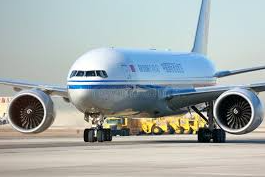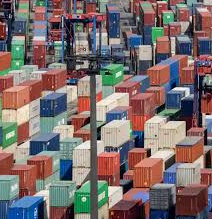Enhanced Ties Driving Mutual Growth
The Middle East’s engagement with Asean has evolved from a traditional energy-exporting dynamic to a multifaceted relationship prioritising non-oil sectors. This shift has yielded substantial benefits for countries like Indonesia and Singapore.
In 2023, Indonesia secured investment pledges worth US$32.7 billion from UAE firms spanning industries such as vaccine production and distribution. Gyorgy Busztin, a visiting research professor at the Middle East Institute, National University of Singapore, noted Asean’s appeal due to political stability, minimal labour unrest, and a youthful, skilled workforce. However, he emphasised the importance of evaluating each Gulf country individually.
Singapore has also gained significantly. A Qatar-Singapore Business Council spokesperson highlighted that Qatar’s diversification into sustainability and technology under its National Vision 2030 aligns well with Singapore’s strengths, establishing it as a gateway for Gulf businesses seeking expansion in the region. Alessandro Arduino, principal research fellow at the Middle East Institute, stated that Singapore’s expertise contributes to Gulf development, fostering collaboration in fields such as artificial intelligence and smart city innovations.
Harnessing Asean’s Competitive Edge
Since adopting the Asean-GCC Joint Vision in 2009, economic collaboration between the Middle East and Asean has grown. Bilateral agreements, including the Singapore-UAE Comprehensive Partnership and Malaysia’s partnership with Qatar’s Investment Promotion Agency, underscore this trend.
Middle East investments into Asean reached US$700 million in 2020, tripling from 2017. Furthermore, merchandise imports from the Middle East grew by over 30% year-on-year in 2021, hitting US$52 billion. Standard Chartered’s regional co-head Heidi Toribio attributed this growth to Asean’s diversified economy and consumer market potential. A survey revealed that 82% of Middle Eastern companies anticipate over 10% revenue growth in Asean this year, with the Regional Comprehensive Economic Partnership (RCEP) acting as a key catalyst.
Preferred investment destinations include Malaysia, Singapore, and Indonesia, with Singapore excelling as a regional innovation and procurement hub. Notably, 94% of surveyed executives view the city-state as a prime location for R&D and regional operations.
Identifying New Growth Sectors
The Middle East-Asean corridor is poised for expansion in five key sectors: refining and petrochemicals, renewable energy, infrastructure, consumer goods, and digital services.
Asean’s energy demands have driven investments in integrated refining and petrochemical facilities, while rapid development underscores the need for healthcare, transport, and industrial real estate infrastructure. Digital innovation is another growth frontier, with start-ups increasingly attracting Middle Eastern investment. Additionally, Asean nations are prioritising renewable energy, such as solar and wind, to meet sustainability goals.
Lastly, the region’s consumer market is expected to surge, presenting fresh opportunities in retail and consumer goods. These developments reinforce the strengthening economic ties between the Middle East and Asean, fostering mutual prosperity.








